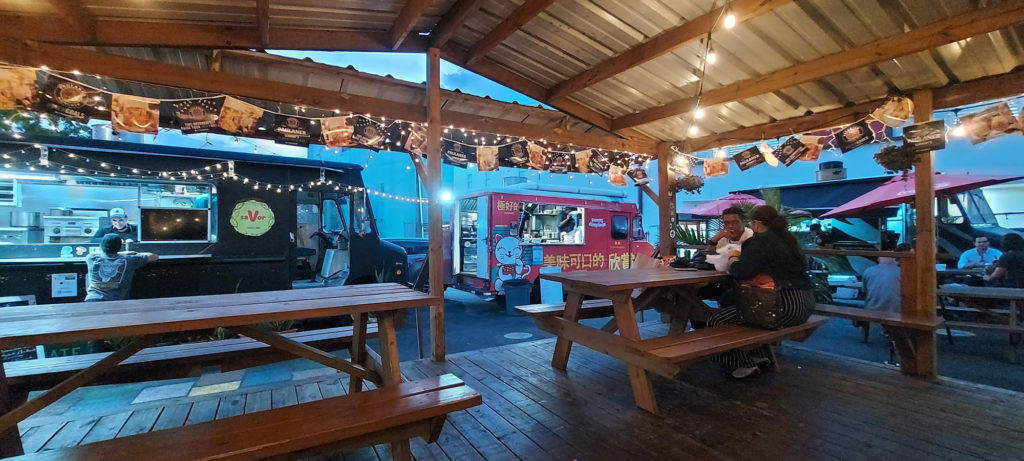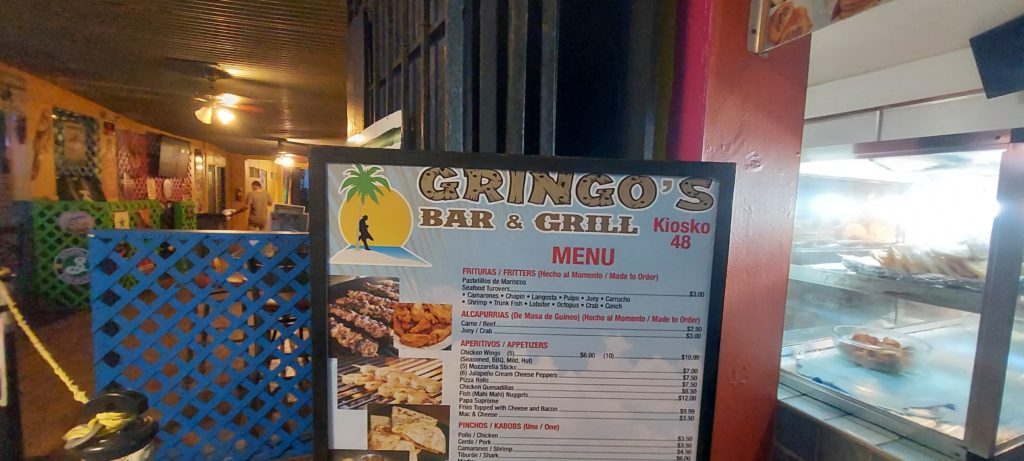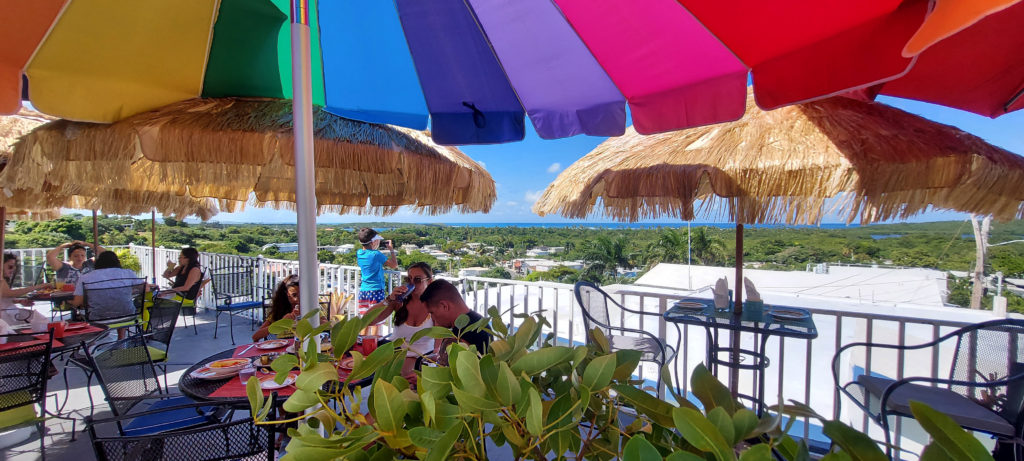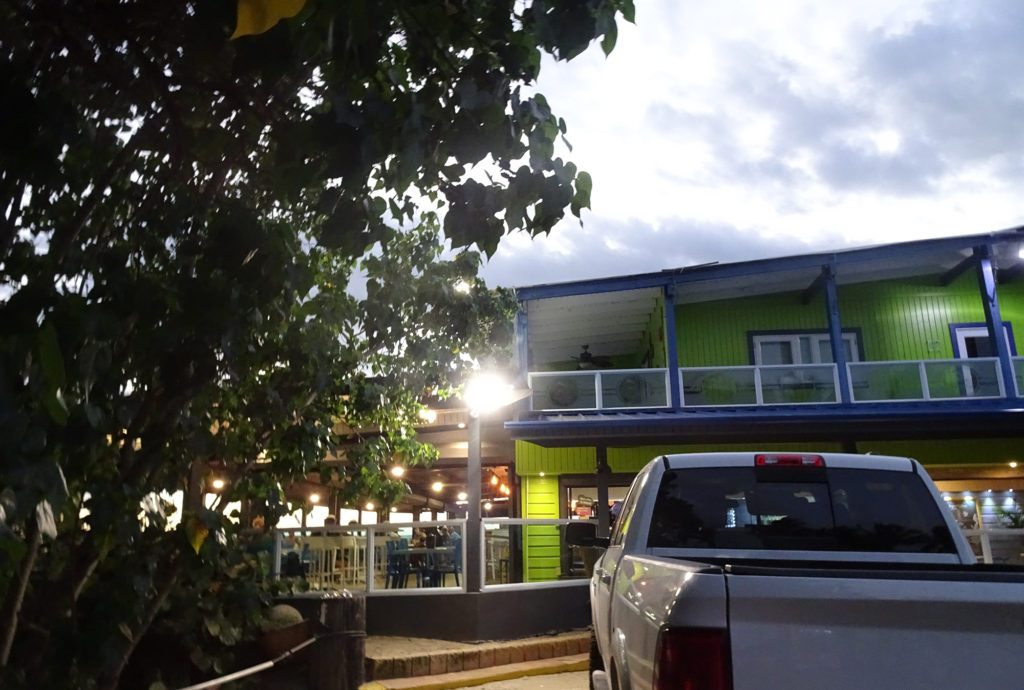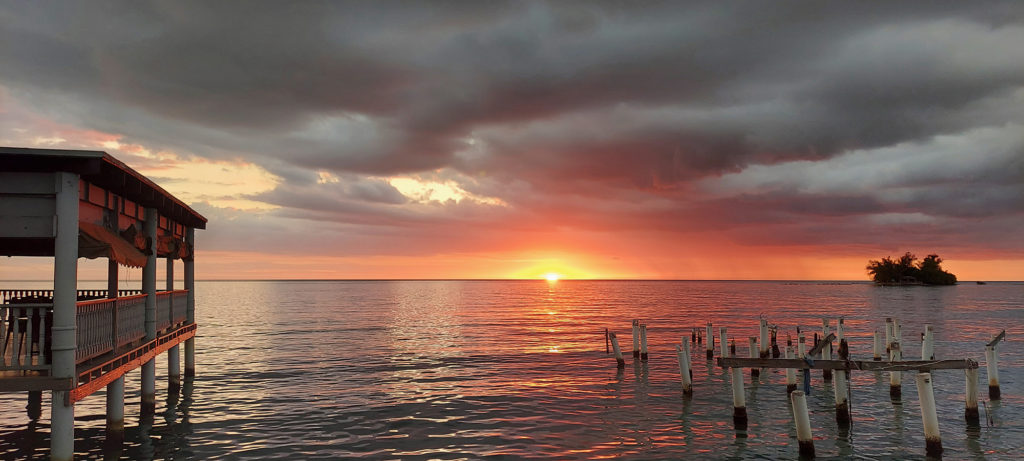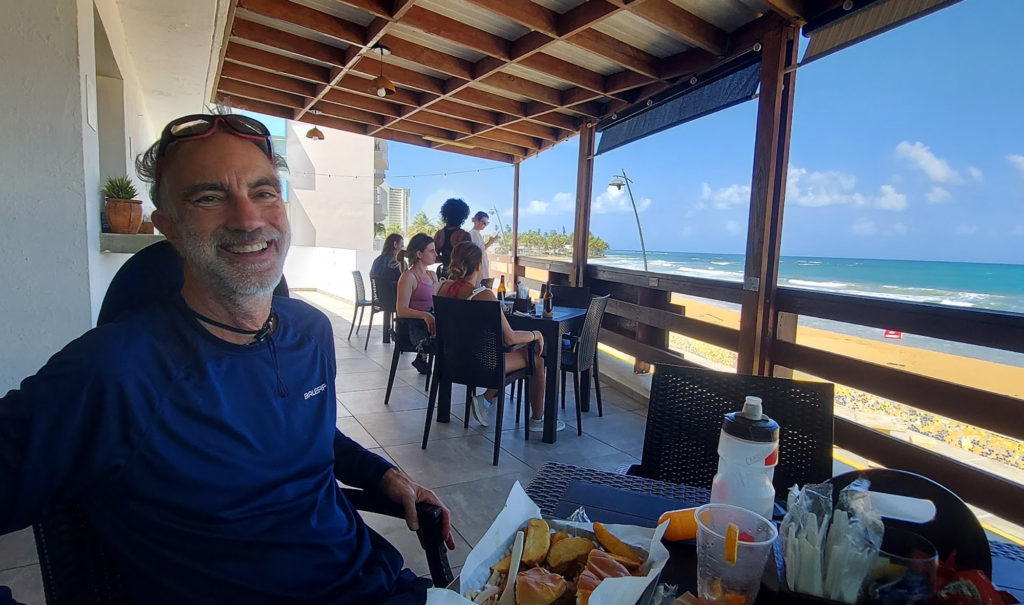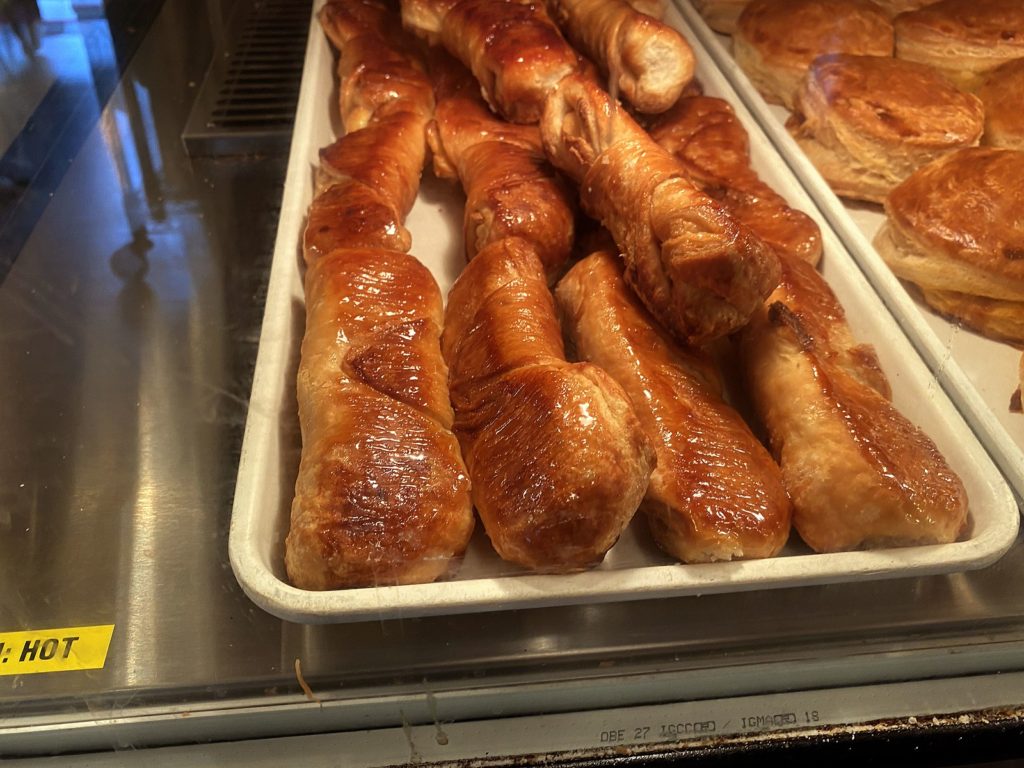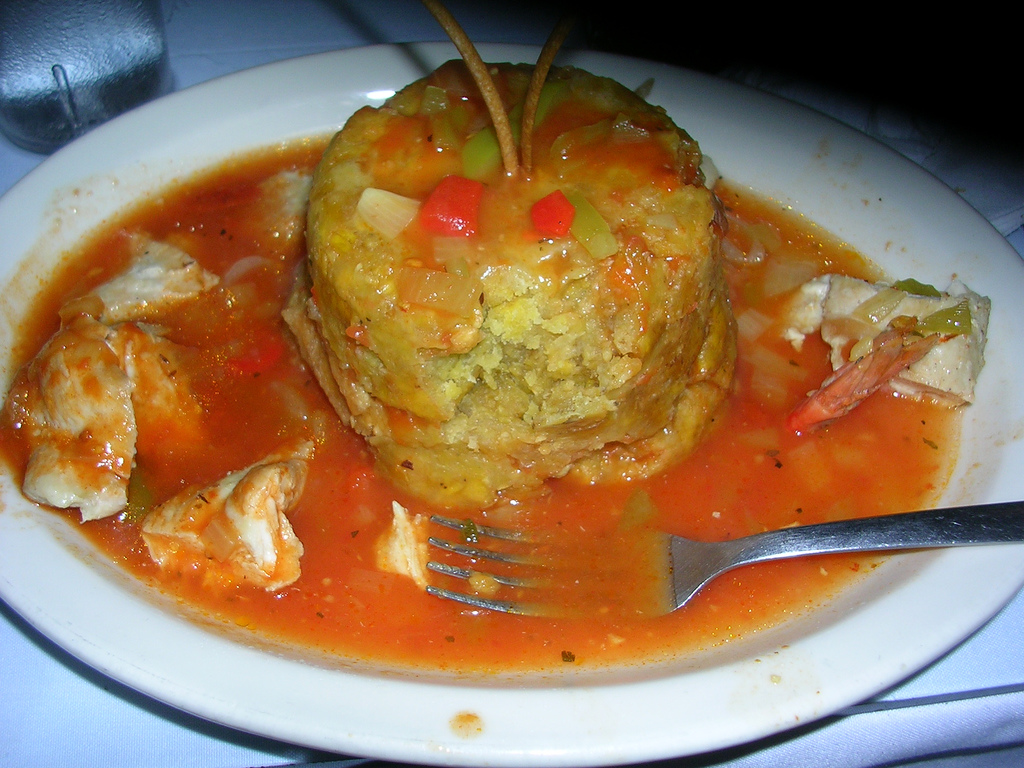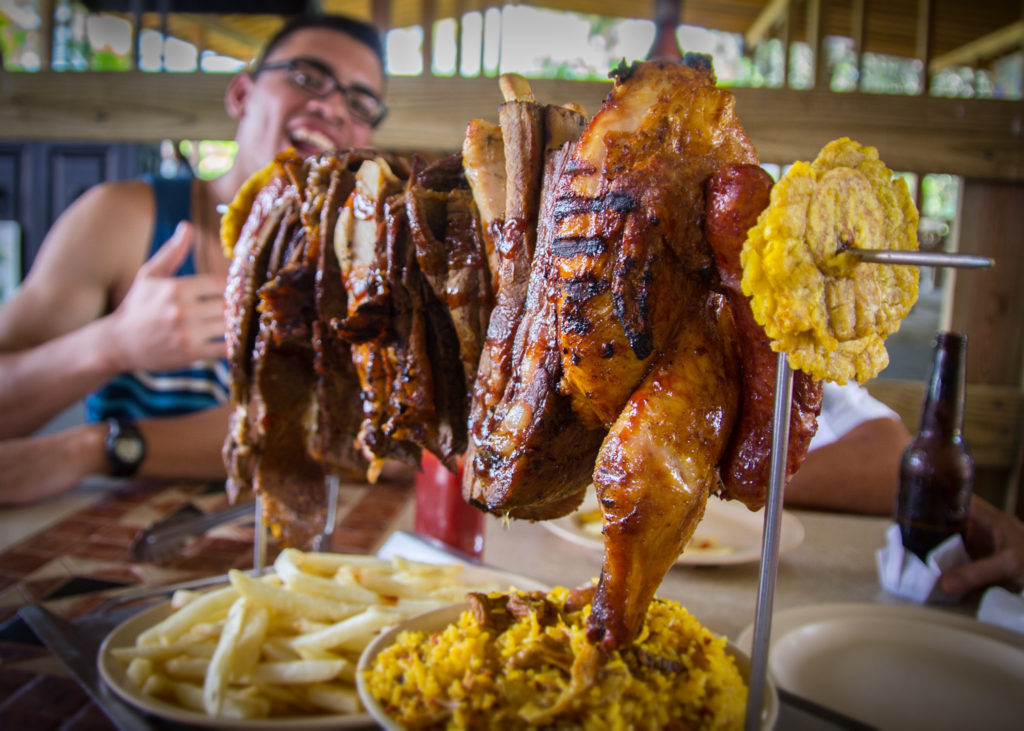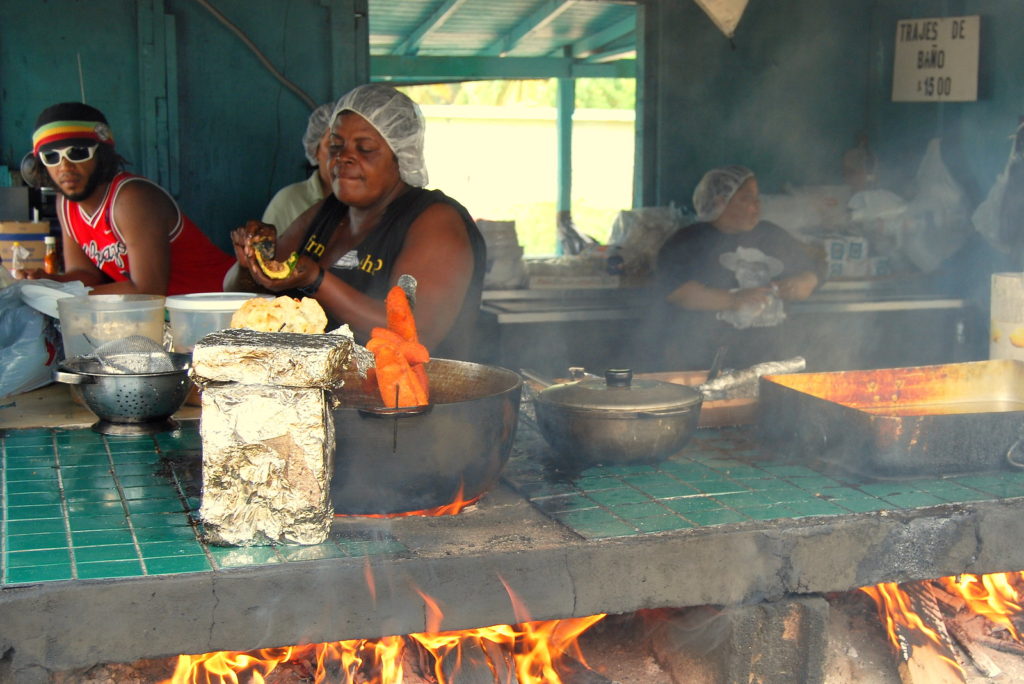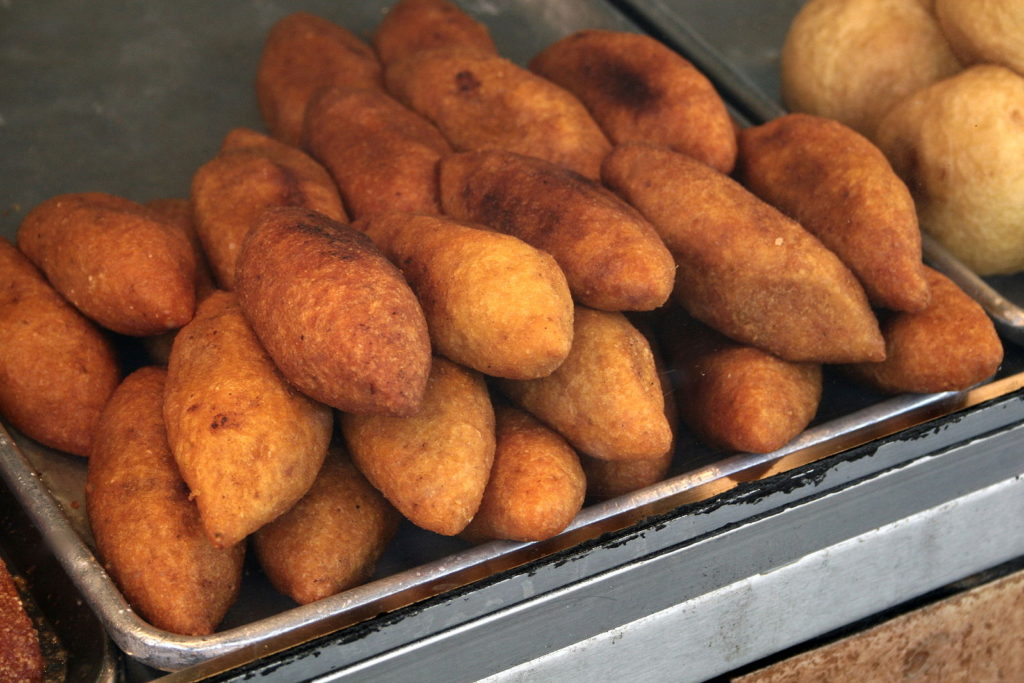We just got back from a whirlwind 4-day trip to Colombia. Wow!
We chose to visit Colombia because Avianca Airlines was having an introductory sale for routes from San Juan, and our current base is Puerto Rico. Why not? We had never been to South America and knew zero about Colombia, except for reading about the Medellin Cartel’s narco wars in the news in the 1980s. Flights were only a couple of hundred dollars, some non-stop, to Bogota, Medellín, and Cartagena. We chose Bogota, the capital, because we hadn’t visited a city in a while. We decided to spend four days there in early December – our first perfect choice, made totally by accident. Then we bought a guidebook, read a little, and booked a couple of organized tours.
Where to Stay?
Our first revelation about Bogota was that lodging was incredibly inexpensive. We chose the historic, walkable Candelaria district as our base. We prefer vacation rentals over hotels, allowing us to spread out and feel truly at home, while living in real neighborhoods instead of tourism centers. We found a delightful apartment at the edge of Candelaria on Airbnb: a chicly furnished corner studio with two walls of windows overlooking the sprawling city and the Andes Mountains beyond. The cost was an unbelievable $33 a night, plus taxes and fees. Booking Fiori dela Candelaria was our second accidental perfect choice.
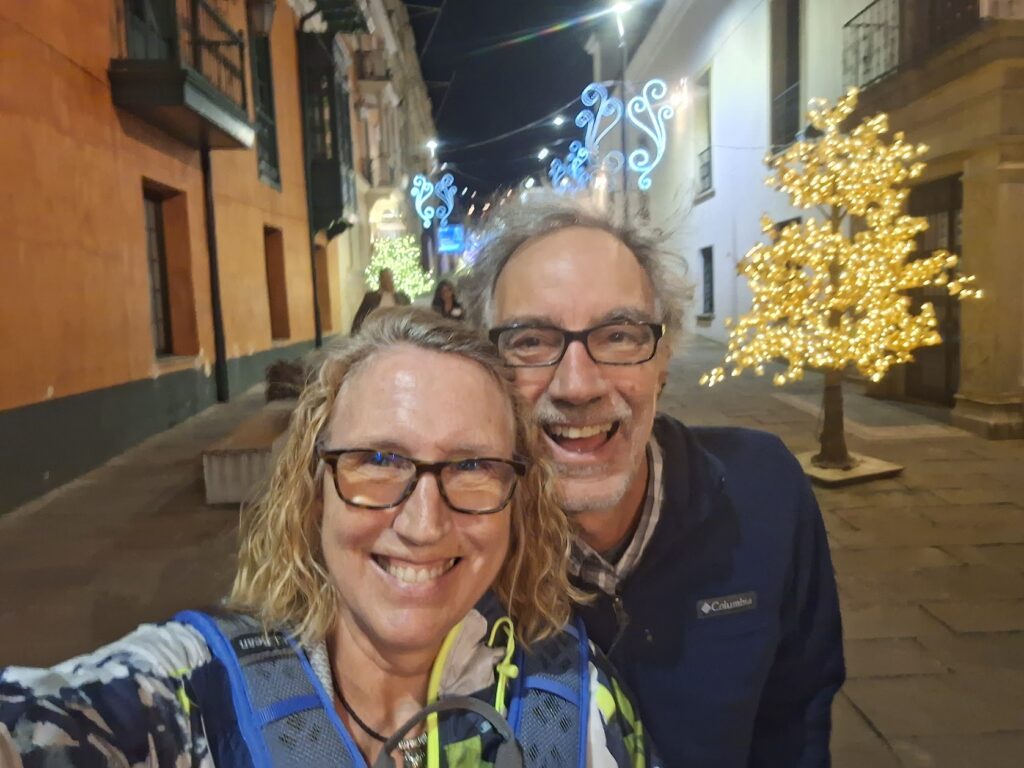
The property manager, Angela, offered an airport pick-up for a reasonable price, and we took her up on it. She was on time, her partner driving a tiny car (the first of many we rode in), and she filled us with helpful information on the drive from Bogota International Airport. She settled us into the hillside apartment, then took us up to the roof garden, where we were greeted by a stunning 270-degree view of sprawling Bogota. We were in awe even as we shivered in the biting wind.
What We Discovered
Bogota is Chilly
This modern city of 8 million people is nestled amid the Andes at 8,000 feet above sea level. Lisa had a headache the first day. Fortunately, we had lived in the Denver foothills for a few years, so our bodies easily adapted to the altitude. But that altitude also brought cooler temperatures – highs reaching the mid- to upper 60s during the day, and mid-40s at night. Coming from hot Puerto Rico, this was a bit of a shock. Pack sweaters!
Bogota is Cheap
We paid U.S. prices for the tours we pre-booked, but everything else was incredibly inexpensive. Doing the conversion from 4,000 Colombia pesos to 1 U.S. Dollar was challenging, but the fact is, once you land in Colombia, you’ll find your travels extremely economical. And Bogota is the most expensive city in Colombia!
Bogota Loves Christmas
We were in the city on Dec. 7, the eve of the Feast of the Immaculate Conception, which it turns out is the official start of the Christmas season in mostly Catholic Colombia. We woke up at 5 AM to a huge fireworks display coming from Plaza de Bolivar, the main city plaza. That night was the Night of Little Candles (Noche de las Velitas), when families across the country (and Colombian ex-pat families around the world) light clusters of little candles on their balconies or doorsteps (and on church steps and parks and plazas) to honor the Virgin Mary, Mother of Jesus, and make wishes. Colorful Christmas lights came on in full force all over the country, on highrises and apartment windows, parks and boulevards, sparkling reds and pinks and blues. Families walked about on the pedestrian-only Seventh Avenue (Carrera Septima) eating snacks, buying toys, singing carols, and enjoying street performers. Fireworks continued all over the city until well after 3 AM.
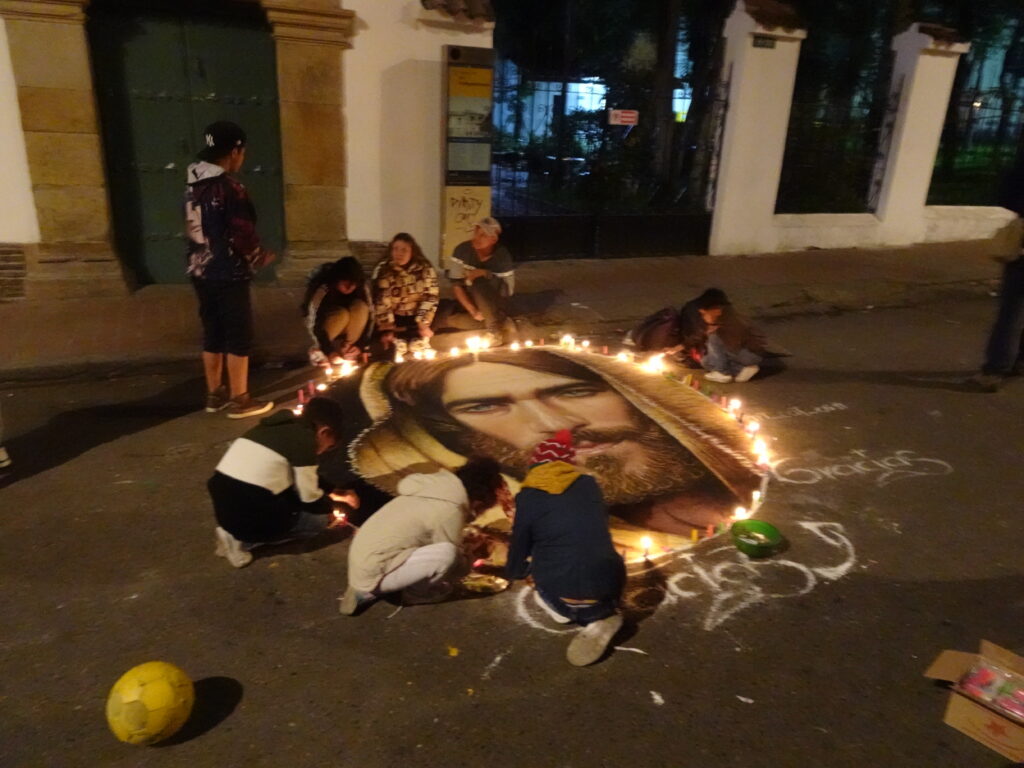
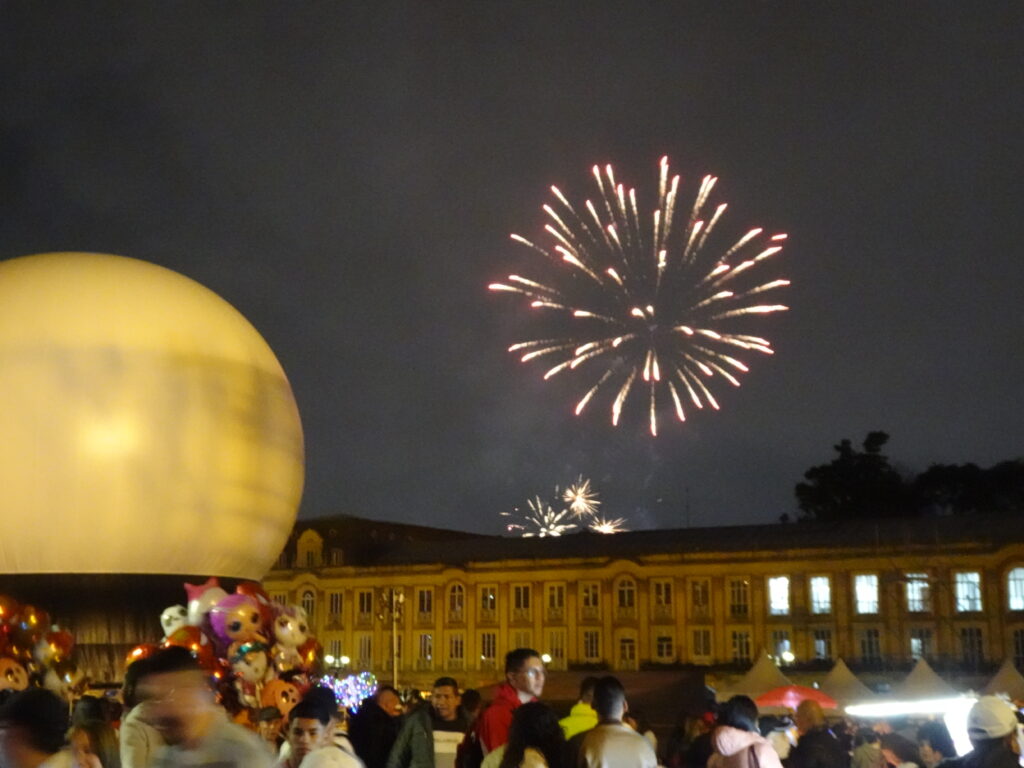
The next day, on the actual feast day, the party continued throughout the city with artisan and food vendors, jugglers and clowns, choirs in the churches, and singers on street corners. Cyclists pedaled on the Ciclovia when a main artery was closed for miles to accommodate recreationalists. Crowds swelled as the day wore on. The next morning, the fireworks started again at 4:45 AM, and our host Angela told us the festivities would continue in full force until Christmas.
Bogota Has Incredible Museums and Culture
We visited the Botero Museum, gifted to the city by the artist Ferdinand Botero to bring art to the masses for free. This world-class museum contains many of his works, plus his personal collection of art by notables such as Monet, Degas, Van Gogh, and Picasso. Nearby, the Gold Museum taught us about the rich history of gold in Colombia, how it was used by indigenous people to honor their chieftains and shamans, and how European explorers sought to exploit it for their own enrichment, setting off Colombia’s violent history.
The Gold Museum displayed many artifacts that told the story of Colombia’s history.
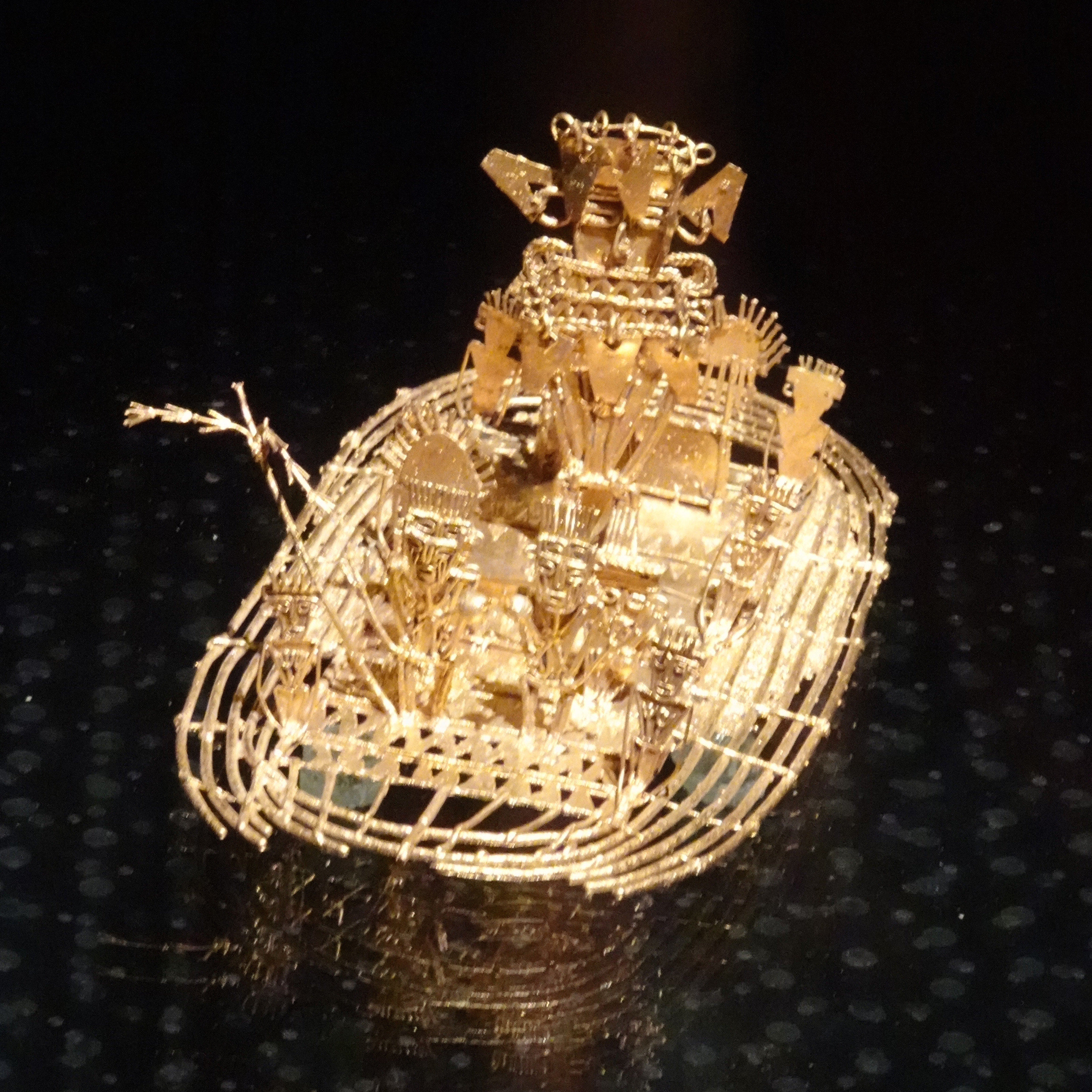
We visited the Military Museum of Colombia, which has many U.S. connections. We tried to get into the Museum of Coins (the Mint) but it had just closed for the feast day. There are art museums, a Mexican Cultural Center, theaters, and we were blown away when we heard an orchestra and choir rehearsing behind closed doors as we stood outside the awe-inspiring Bogota Metropolitan Basilica.
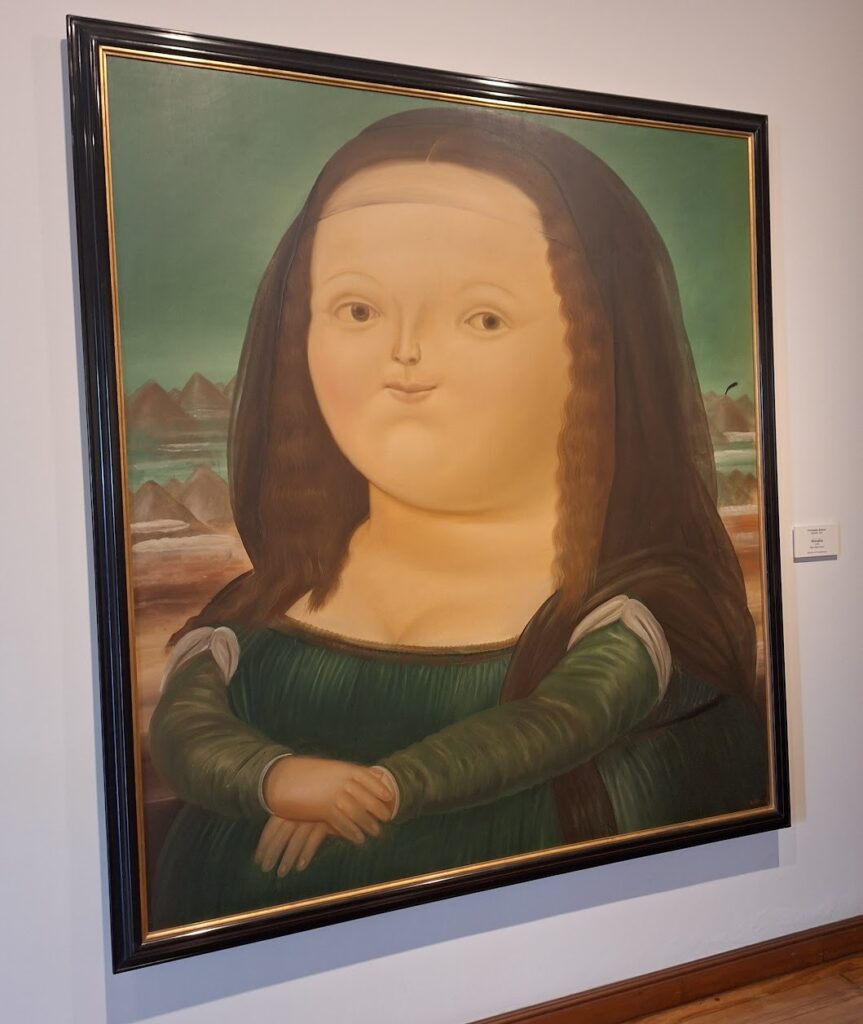
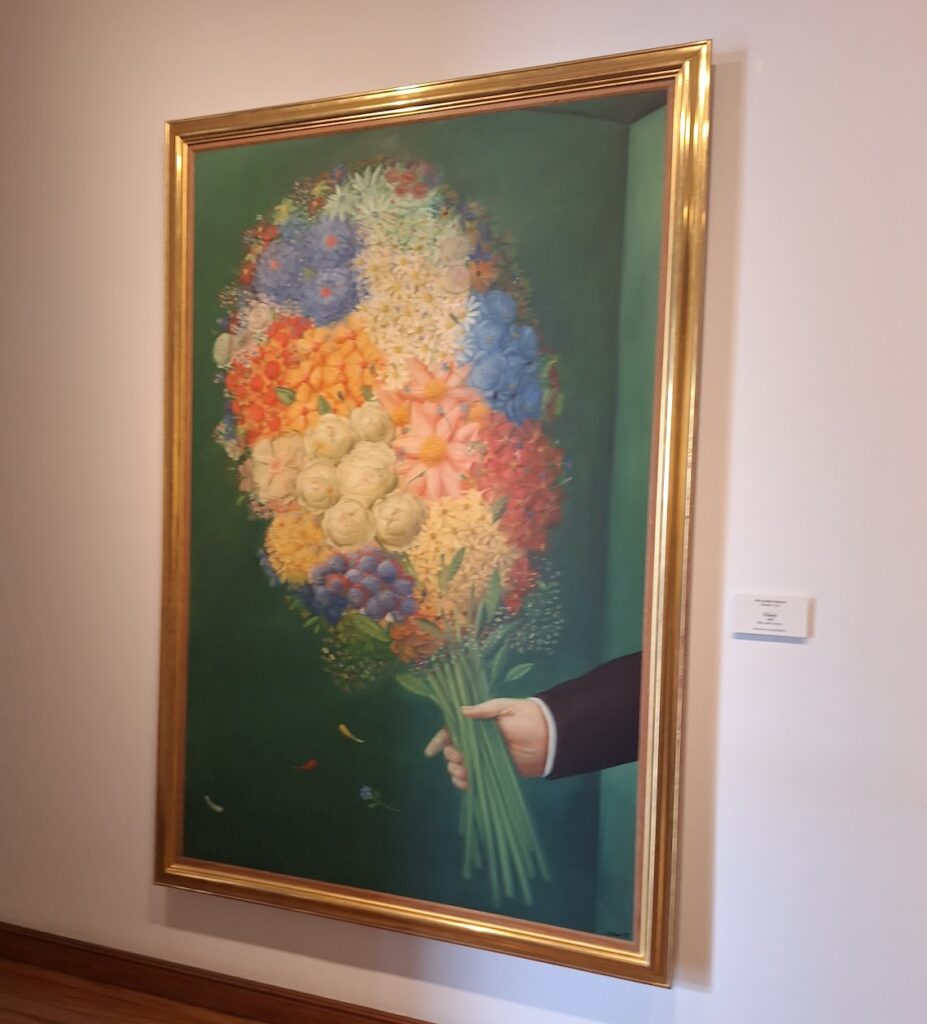
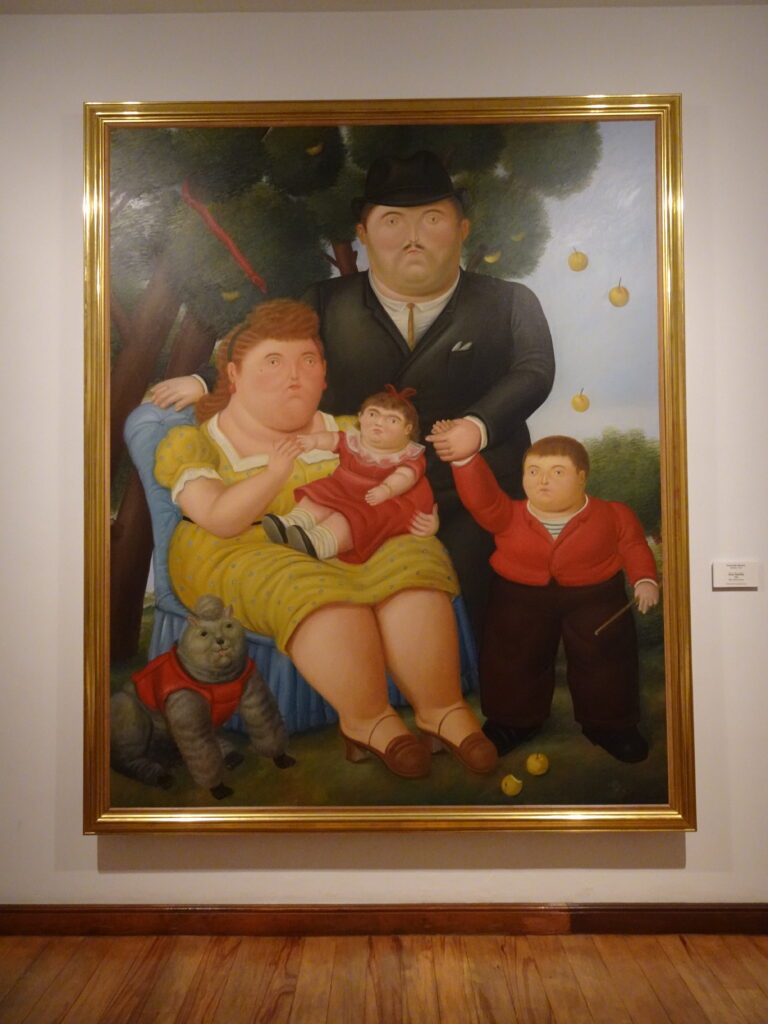
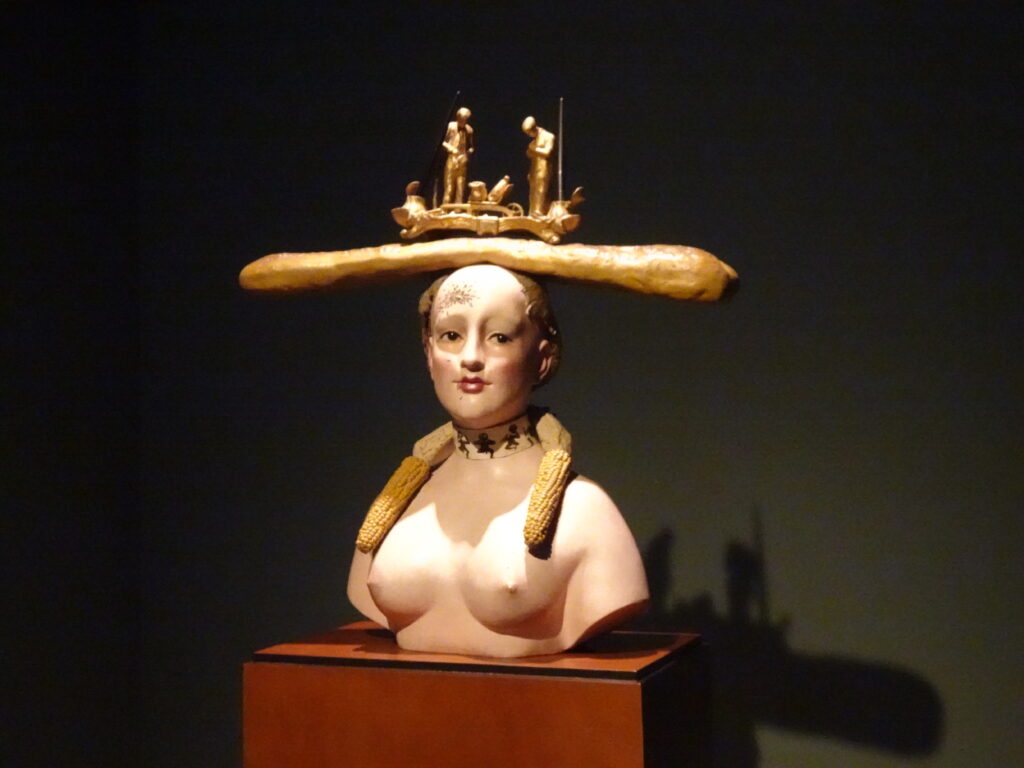
Colombia Is Foodie Heaven
The coffee, of course, is world-renowned, and deservedly so; we brought two pounds home. But we also tried shots the classic Colombian alcoholic drink Aguardientes, which has a fruity sweetness tempered by a tongue-biting touch of anise. There are excellent craft beers, though we didn’t partake. We tried arepas, pan-fried corn cakes. What else? Ajiaca, a soup with several types of potatoes, chicken, and corn, with avocado and capers thrown in. Pinchos, a mixed kebab with a potato at the end. Lemonade with coconut, a creamy paradise for the tongue reminiscent of a Mexican horchata with bits of toasted coconut on top. Coca tea, with and without fruit, which has healing properties. Aromática, a tasty fruit tea that can be drunk with or without alcohol, supplemented by panela, the country’s signature cane sugar. Learn more here.
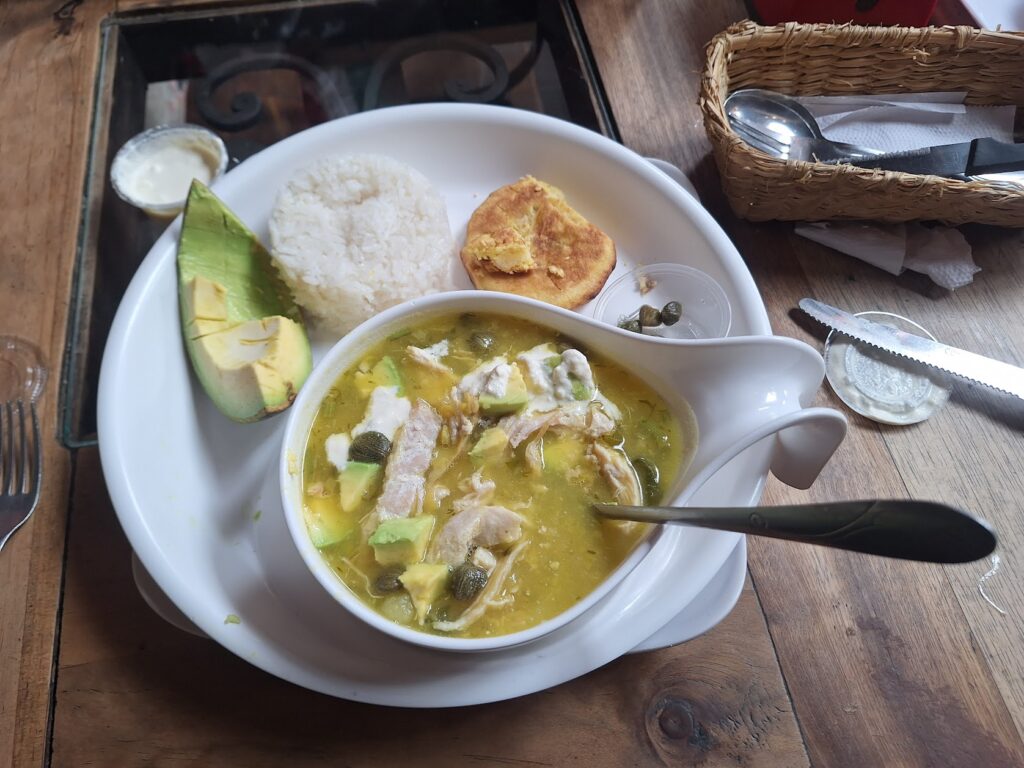
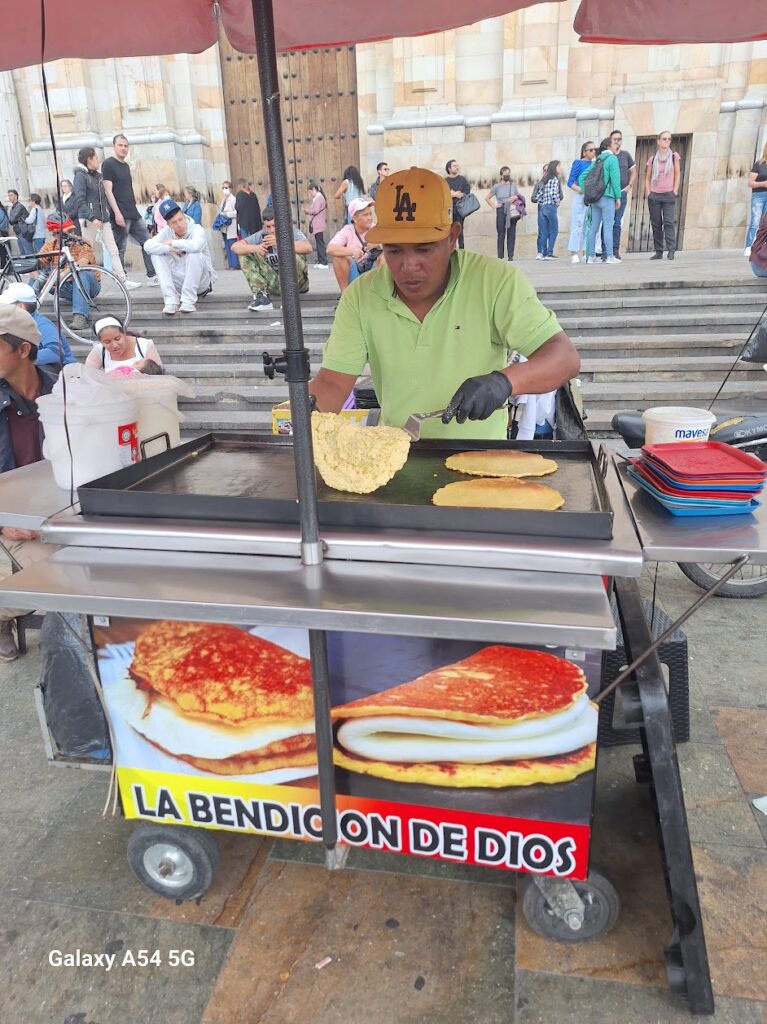


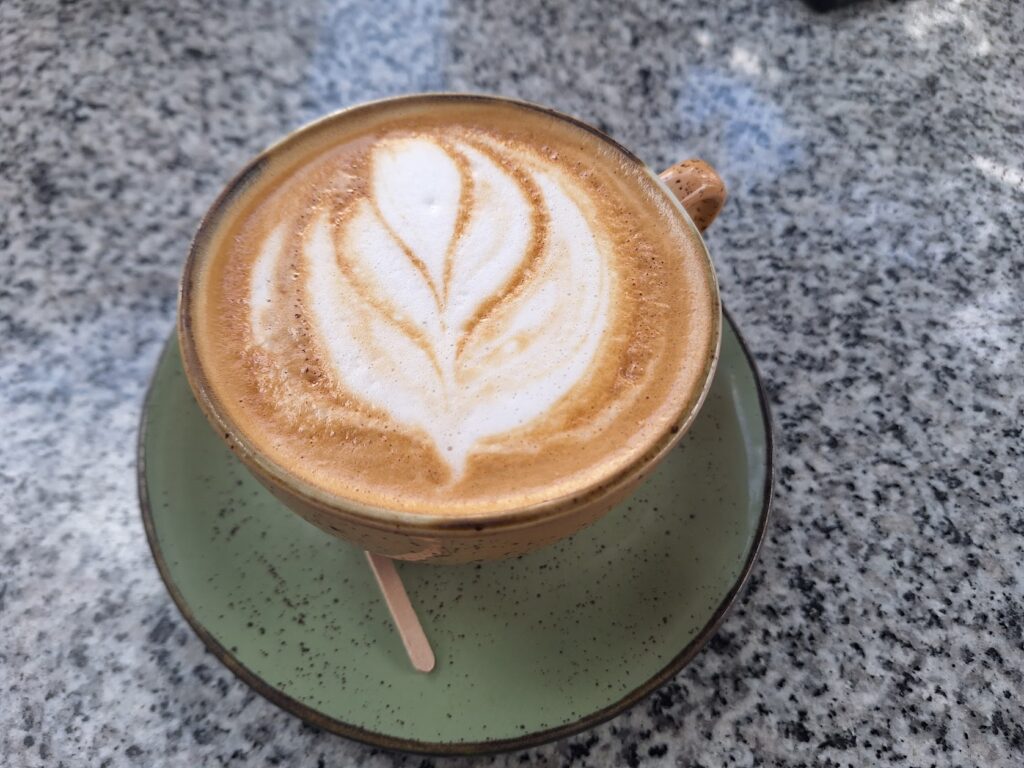
Bogota’s Markets Rival Mexico’s
We spent many happy hours walking around marketplaces, first the touristic type that can be found in La Candelaria’s parks and pedestrian avenues, which boasted a wide variety of stunning indigenous art and the usual ticky-tacky tourist stuff. Then we crossed to the other side of Plaza de Bolivar and found a local marketplace, the kind where tourists like us can scoop up bargains in housewares, clothing, toys, holiday items, shoes, bags, you name it – as long as they hold on tight to their wallets and phones and aren’t afraid to barter.

Watch For the Videos!
Messy Suitcase will be bringing a series of videos to YouTube to share our Colombian journey. Subscribe to our channel and ring the bell to be notified!


